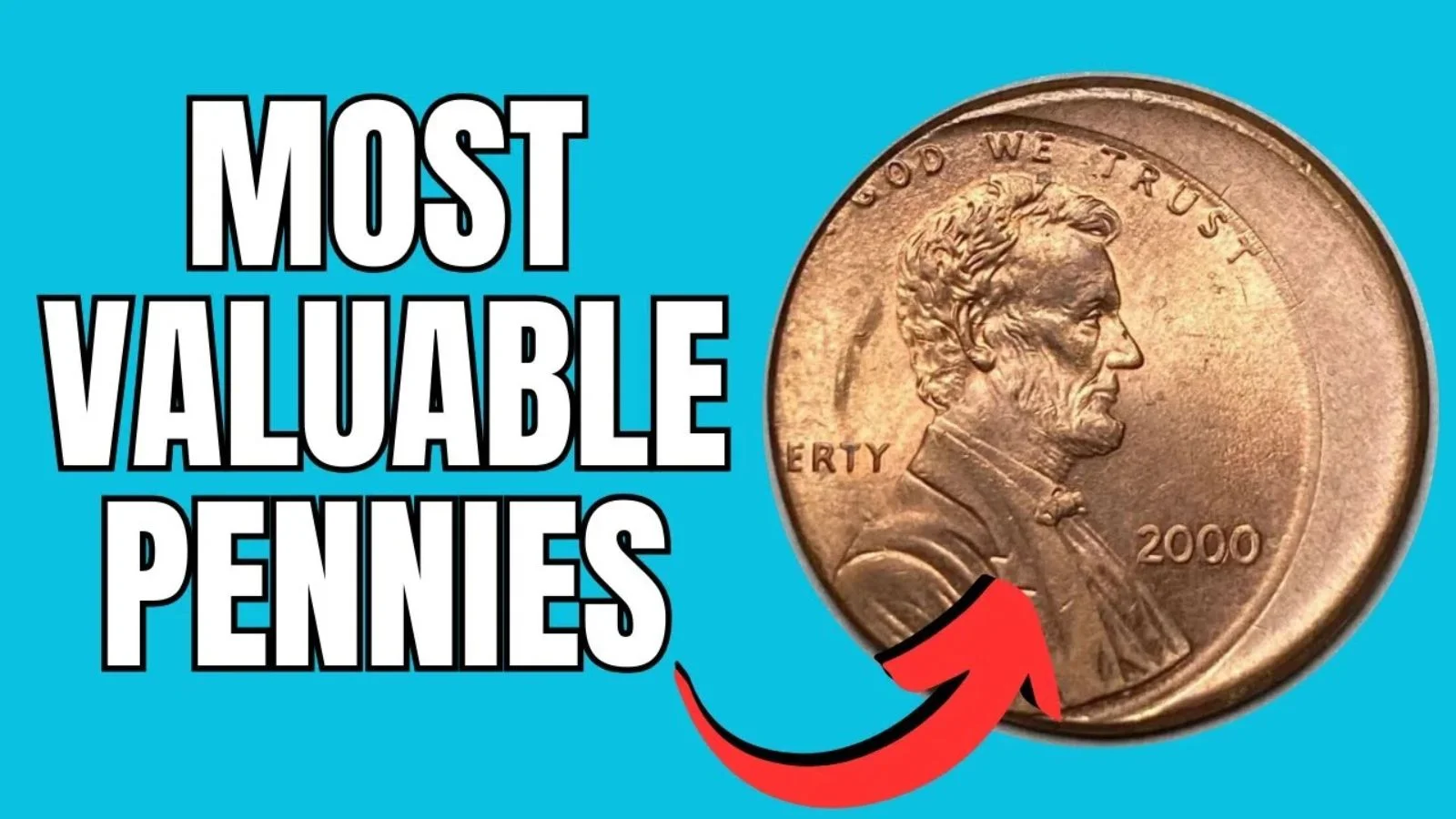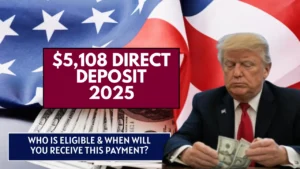Imagine finding a penny in your pocket—just an ordinary coin. But what if that little piece of copper turned out to be worth $10 million? Sounds like a fantasy, right? Believe it or not, it’s not as far-fetched as it seems. One rare version of the Lincoln Wheat Penny is making headlines for its staggering value and incredible story.
What’s So Special About the Lincoln Wheat Penny?
First minted in 1909 to honor Abraham Lincoln’s 100th birthday, the Lincoln Wheat Penny was the first U.S. coin to feature a real person. It has Lincoln’s face on the front and two wheat stalks on the back—symbolizing prosperity and the nation’s agricultural roots.
These coins were made until 1958, and most are still only worth a few cents today. But a few rare versions, especially those with minting errors or unusual materials, are worth a fortune.
The Star of the Show: The 1943 Bronze Penny
During World War II, the U.S. Mint switched from using copper to steel for pennies to save the metal for the war effort. But somehow, a few copper (bronze) blanks from 1942 were accidentally used in 1943. That small mistake created one of the rarest coins in American history.
Only around 15 to 20 of these bronze 1943 Lincoln Wheat Pennies are known to exist. One even sold for $1.7 million in 2010. Today, thanks to inflation and growing demand among collectors, experts estimate their value could reach up to $10 million.
How to Spot a Rare 1943 Bronze Penny
You don’t need to be a coin expert to spot one. Here are some quick tips:
- Check the date: Look for “1943.”
- Look at the color: Steel pennies are silver-gray, but the rare bronze ones are brownish or copper-colored.
- Try a magnet: Steel pennies stick to magnets. Bronze ones don’t.
- Check for mint marks: Look below the date for a small letter—“D” for Denver or “S” for San Francisco.
- Use a magnifying glass: Look closely for unusual markings or doubled letters.
If you find a coin that fits this description, take it to a professional coin dealer or grading service like PCGS or NGC. And whatever you do, don’t clean it—that could seriously hurt its value.
Real Stories That Prove It’s Possible
One famous case is Don Lutes Jr., a high school student from Massachusetts who found a 1943 bronze penny in his lunch change. He held onto it for decades before selling it for over $200,000.
Another person discovered a rare penny in a jar of inherited coins. That lucky find later sold for six figures at auction. These real-life stories inspire thousands to check their spare change just in case they strike gold—or in this case, bronze.
Where to Look for These Hidden Treasures
Believe it or not, people have found rare coins in everyday places, like:
- Coffee shop tip jars
- Parking meters
- Laundromats
- Flea markets
- Old piggy banks
The key is to stay curious and always pay attention to the change in your hands.
Tips for New Coin Hunters
Thinking about hunting for rare coins? Here’s how to get started:
- Keep an eye out for old coins in your daily change.
- Buy a magnifying glass and a beginner’s coin guide.
- Join online groups or local coin clubs to learn from experienced collectors.
- Attend coin shows for hands-on learning and expert opinions.
- Store finds safely using protective holders—never touch the coin directly.
Found Something Valuable? Here’s What to Do
If you think you’ve found a rare Lincoln Penny:
- Take clear, close-up photos.
- Handle the coin with gloves to avoid damage.
- Have it authenticated by a trusted service like PCGS or NGC.
- Consider selling it through a reputable auction house like Heritage Auctions or Stack’s Bowers.
The coin’s value will depend on its condition and official certification, so getting it graded is essential.
Final Thoughts: That Penny Could Be Your Jackpot
Next time you see a penny on the ground, don’t just walk past it. The Lincoln Wheat Penny shows that even the most ordinary-looking coins could hide an extraordinary story—and potentially life-changing value.
So go ahead, check your pockets, coin jars, and drawers. One of those little pennies could be worth millions.




